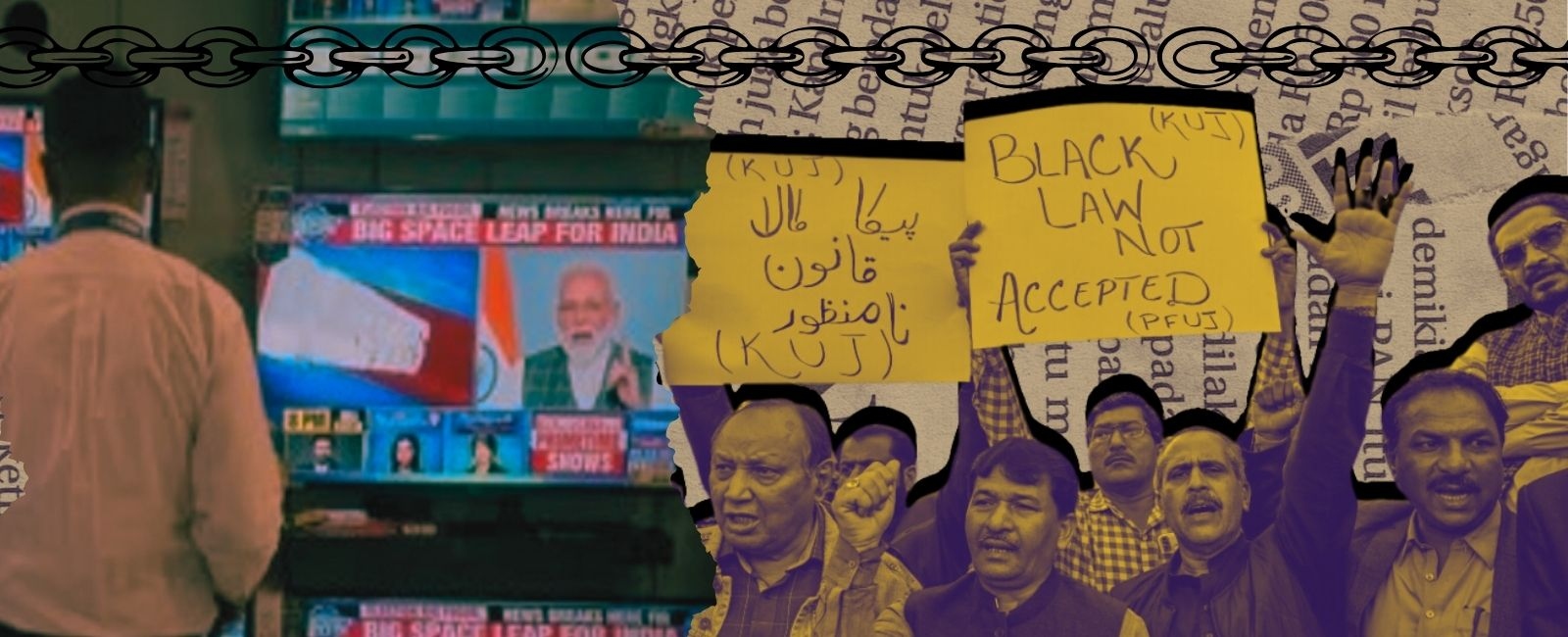Journalism's double war amid censorship and conflict

Freedom of the press or freedom of expression cannot be seen in isolation. It is a part of other freedoms that constitute a civilised society.
We observed World Press Freedom Day on May 3 in an era of digital media, one of the most powerful mediums of expression, which comes with unprecedented challenges. The media can guide the nation with factual stories or mislead it with fake news and disinformation. Now, in the middle of 2025, war clouds are also threatening freedom of expression.
At a time when the two hostile neighbours, Pakistan and India, are on the verge of war — and truth is becoming the first casualty — the spread of misinformation and disinformation, rather than accurate information, could prove more destructive than ever before.
In recent weeks, following an unfortunate and condemnable incident in Pahalgam in Indian Illegally Occupied Jammu and Kashmir (IIOJK) — in which 26 innocent people were ambushed — the hardline Bharatiya Janata Party (BJP) government of Prime Minister Narendra Modi has created a “war hysteria” since the attack, directly accusing Pakistan without presenting evidence or facts. Pakistan, on the other hand, denied the allegations and called for an independent investigation.
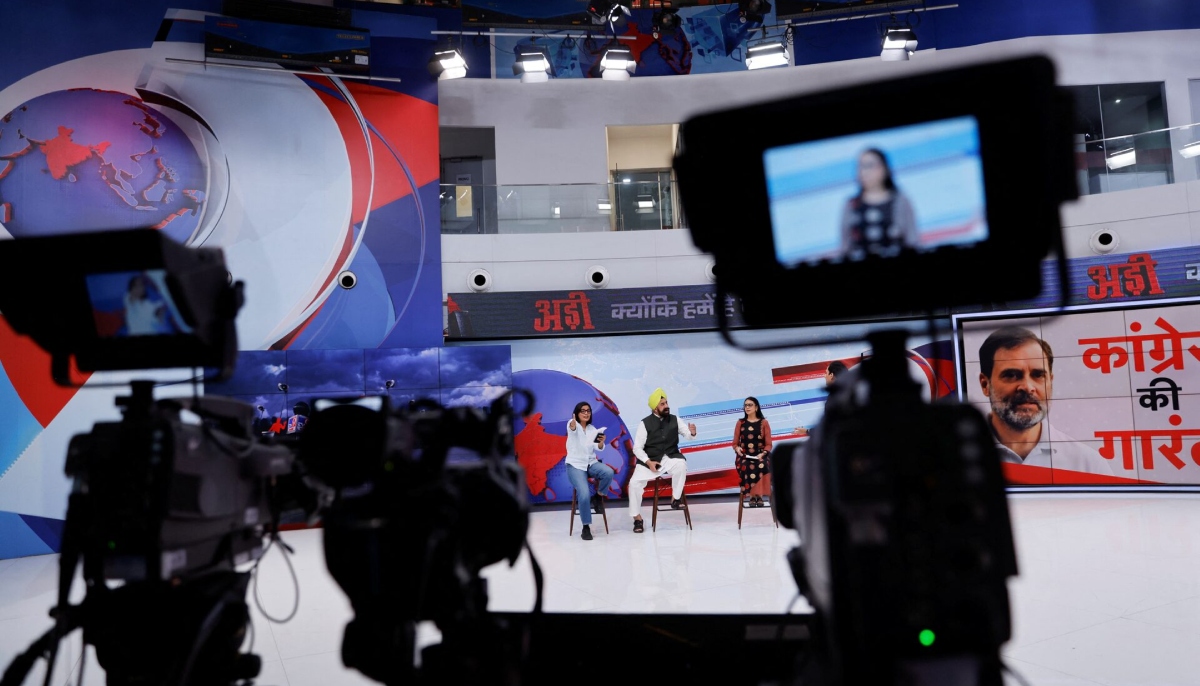
While the hostile neighbours engaged in a ‘war of words’, the Indian media — with few exceptions — turned newsrooms into ‘war rooms’. The Pakistani media, in contrast, adopted a more professional approach, reflected in the fact that instead of converting newsrooms into “war rooms,” they used the more measured term “situation room.” After all, it is still a developing story, and the media here is discussing and debating ongoing developments against the backdrop of the incident, advocating peace and dialogue for de-escalation rather than escalation.
New Delhi jumped to ban 16 Pakistani YouTube channels and some anchors while giving all the rope to Indian channels using digital platforms in ‘Bollywood’ style — only damaging the credibility of their media.
The reaction from the Indian side is not only confined to banning independent Pakistani media voices; even the world media has no free access to IIOJK.
Having said that, one can only hope that better sense prevails, and that the media sees, reports, and comments on the situation with a more professional attitude, rather than adopting an irrational and unprofessional one.
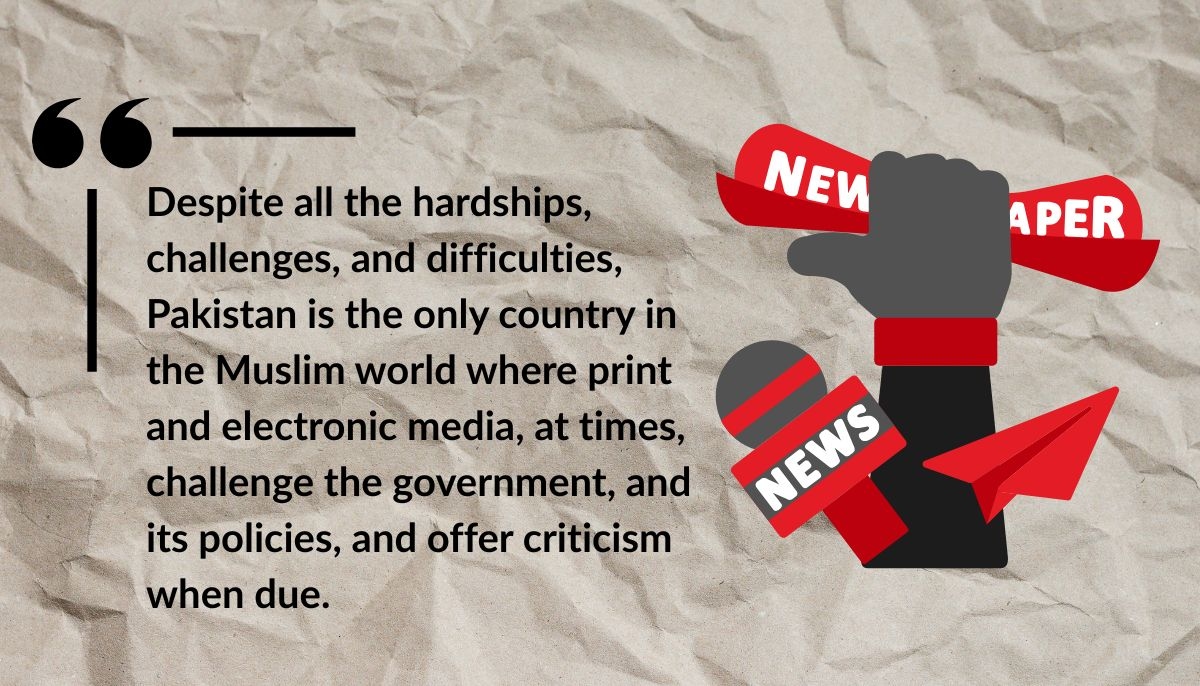
Pakistani media, on the contrary, has proven time and again that despite its internal problems and challenges, it consistently adopts a far more professional approach. Since it has limited access to information during incidents like this, it either relies on international media outlets or the official version, but always raises pertinent questions when necessary.
Despite all the hardships, challenges, and difficulties, Pakistan is the only country in the Muslim world where print and electronic media, at times, challenge the government, and its policies, and offer criticism when due. One of the reasons for this is the long-standing struggle by journalists in Pakistan for the people's right to know, access to information, freedom of the press, and the economic rights of working journalists and media workers.
Pakistani media in 2024-25
Pakistani media has its own shortcomings, but time and again, it has demonstrated a professional approach when it comes to tensions along the border. The question is: why, then, has it faced restrictions through ‘black media laws’, threats, harassment, arrests, disappearances — and at times, even killings, with perpetrators rarely arrested or punished?
The Prevention of Electronic Crimes Act (Amendments), 2025, also known as PECA, stands out as one of the worst media laws ever — passed in haste without consulting media stakeholders. It clearly brought more restrictions and control over the media. Though it was claimed to be aimed at regulating digital platforms, the ‘law’ now appears primarily targeted at dissenting voices. Moreover, some of the leading television anchors were mysteriously taken off-air and replaced by lesser-known hosts — not due to poor ratings, but because their views were deemed unacceptable.
Pakistani media faces a unique challenge in 2024–25, as journalists, press clubs, and the media itself continue to feature in headline news. Journalists have increasingly become part of the story — and in the process, the actual news often disappears. It is generally believed that journalists should not be part of the news, as their primary responsibility is to report facts.
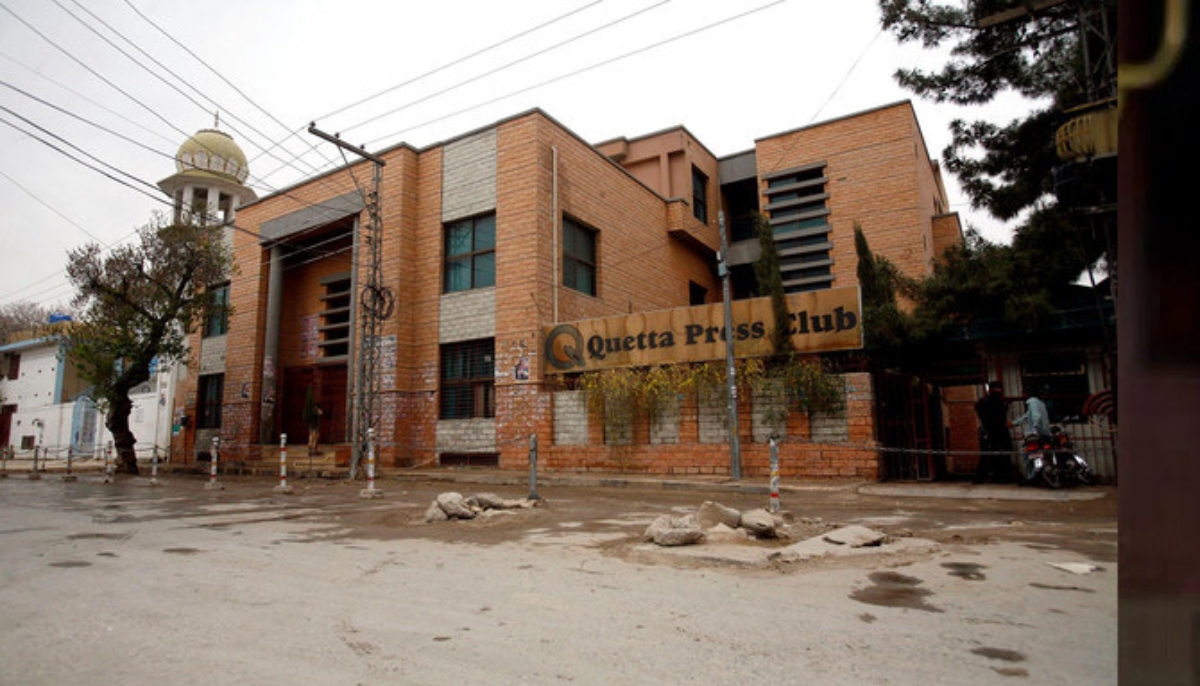
Only in March this year, police sealed the Quetta Press Club (QPC) after the Baloch Yakjehti Committee, led by its detained leader Mahrang Baloch, held a programme there. This was followed by an administrative decision requiring the QPC to seek prior permission from the administration before allowing any event. The move was uncalled-for and reflected poorly on the government and those seen as attempting to suppress the media.
The killing of journalists continues to make headlines, as six journalists were killed over the past year, with Balochistan and KP frequently in the news. In Sindh, the killer of journalist Jan Mohammad Mehr remains at large, with police still claiming he is hiding in the katcha area — region, situated on both banks of the Indus River. Meanwhile, the case of another journalist has been nearly resolved. The Journalist Protection Commission — the only forum available for some redress in the province — is looking into these cases. However, similar commissions that were to be established at the federal and provincial levels have yet to be formed.
The government, instead of addressing these issues, introduced PECA amendments — widely criticised as the worst-ever media law. Although it was introduced in the name of establishing checks and balances, the law, in practice, restricts the free flow of information. Journalist bodies and other media stakeholders strongly reacted, terming it a bad law, while the PFUJ described it as a form of martial law.
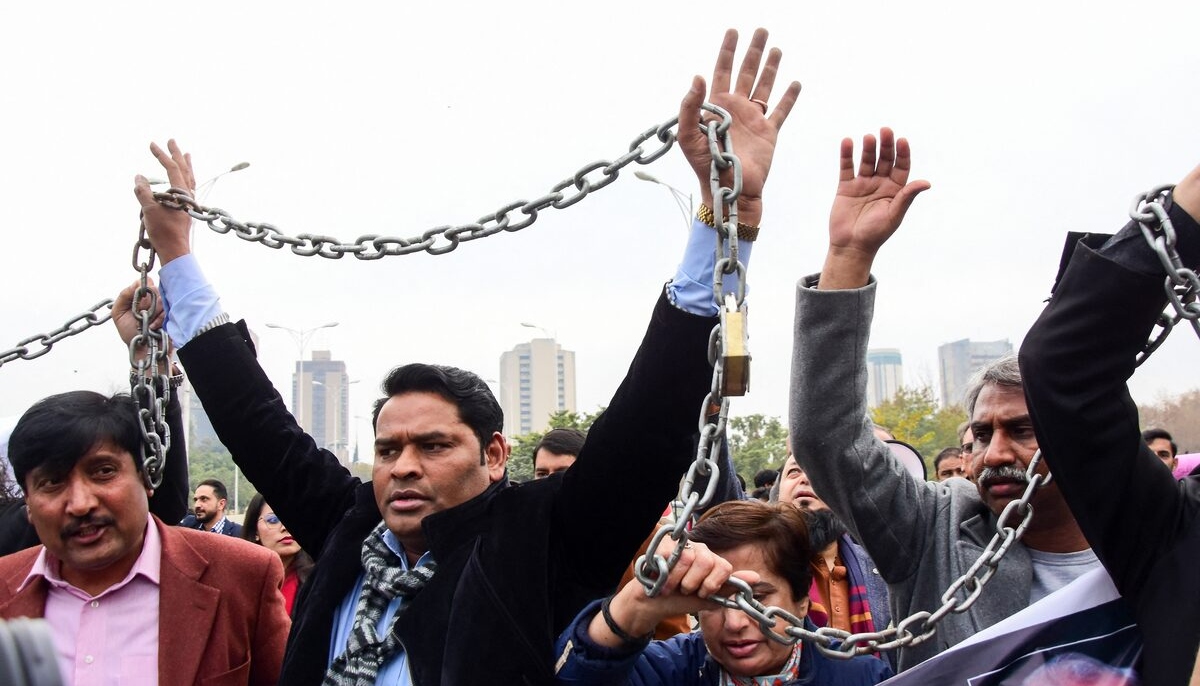
Since PECA was introduced, journalists and rights activists have been among the worst affected. Dozens of cases have been registered, and in several instances, individuals have been arrested. The latest is the case of Farhan Mallick, a former employee of mainstream TV channels and now head of the digital platform Raftar. Regardless of the case’s merit, his arrest — still lacking clarity — came just as Raftar was gaining popularity for its documentaries and podcasts.
The PECA law has been challenged, with multiple petitions filed over time, but no meaningful progress has been reported so far.
As the journalist death toll rises year after year, and as arrests, cases, and harassment—particularly of women journalists—persist, the media at large continues to face 'unwritten advice' on what to say or avoid. In such a hostile environment, both truth and press freedom become the first casualties. Yet, journalists have often shown the courage to speak up without fear.
What the so-called civilian government, acting in the name of democracy, fails to realise is that laws like PECA may not serve them when they are in opposition. In fact, they may suffer the most. That is a lesson they must learn now: democracy cannot flourish without a free and independent media.
While digital media has undoubtedly emerged as one of the most powerful platforms in terms of reach, it still suffers from serious grey areas when it comes to professional standards. Yet, one key reason people are increasingly turning to digital platforms is the arbitrary bans and suppression of news and views on mainstream television channels. When any newsworthy event is blacked out — or when popular leaders are muted or sidelined — audiences naturally migrate to alternative outlets, and digital media offers one such space.

One thing the government and authorities must understand in today’s connected world is this: you cannot impose restrictions on the air. Gagging news or information only gives rise to disinformation and conspiracy.
Last year saw a notable rise in journalists shifting from mainstream to digital platforms. Those following a hybrid mode often face even greater threats and harassment compared to those working solely in digital media.
Whether the rising tensions between India and Pakistan will escalate into full-blown war remains uncertain. It’s doubtful, given that both are nuclear-armed states. The world is watching, and efforts at de-escalation are underway, with countries like the United States, China, Iran, and Saudi Arabia playing a role.
As for the media, the rise of non-professionalism has effectively held the profession as well as the professionals hostage to a war of narratives.
Globally, the year 2024–2025 has exposed a darker reality: Major media outlets, especially in the West, effectively killed press freedom when stories of Israeli atrocities in Gaza were censored. Even Pakistani columnists were told not to write about Gaza, and over 150 journalists have been killed there in just one year.
This year will also be remembered as one of the worst for press freedom in Pakistan in a decade, not only because of mounting threats but also because of the rushed passage of the PECA amendments. This law gave sweeping powers to government agencies to target dissenting voices, resulting in unprecedented control over independent media. A carrot-and-stick policy was used to manage the press, rewarding compliance and punishing resistance.
A law like PECA may ultimately do more harm than good, even to the very governments that enforce it. Since its initial passage in 2016, it has become clear that the so-called effort to curb fake news has failed. Instead of addressing disinformation, PECA has been misused, often targeting professional journalists on petty or politically motivated charges, leaving the actual peddlers of disinformation untouched.
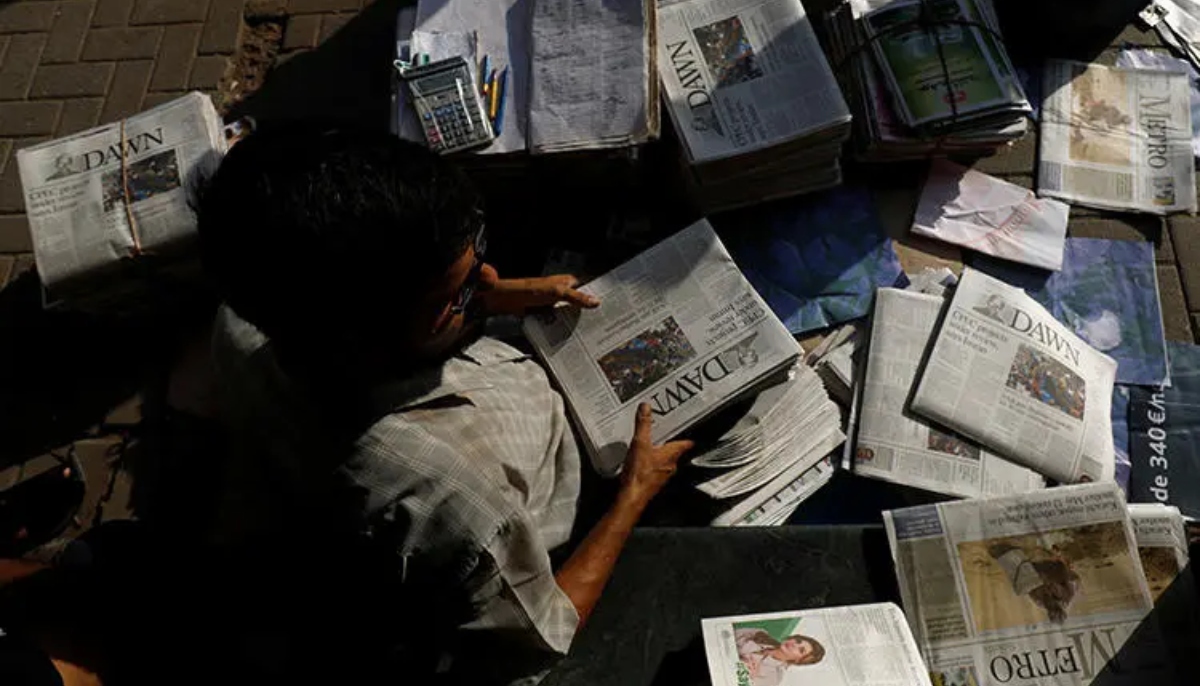
Today, democracy and press freedom face grave threats not just in Pakistan but globally. Print media is dying out. TV and digital outlets are barely hanging on. With tensions boiling at our borders, the government and media leaders need to talk now about how to protect free speech and keep independent journalism alive.
Laws like PECA-2025 must be repealed. At the same time, the media industry must look inward and recommit to professionalism. One critical step is to revive the institution of the editor, but not just in name. We need editors who dare to say no, uphold ethical standards, and put the public interest first.
Journalism, at its core, is meant to serve the public interest. When media outlets, particularly in India, stir up war hysteria, they betray that fundamental mission. It's time for more responsible, fact-based reporting on both sides. In Pakistan, we too must shift the focus from conflict to dialogue, and speak more about peace than war.
Mazhar Abbas is a columnist and analyst for Geo News, Jang and The News. He posts on X @MazharAbbasGEO
Header and thumbnail illustration by Geo.tv



